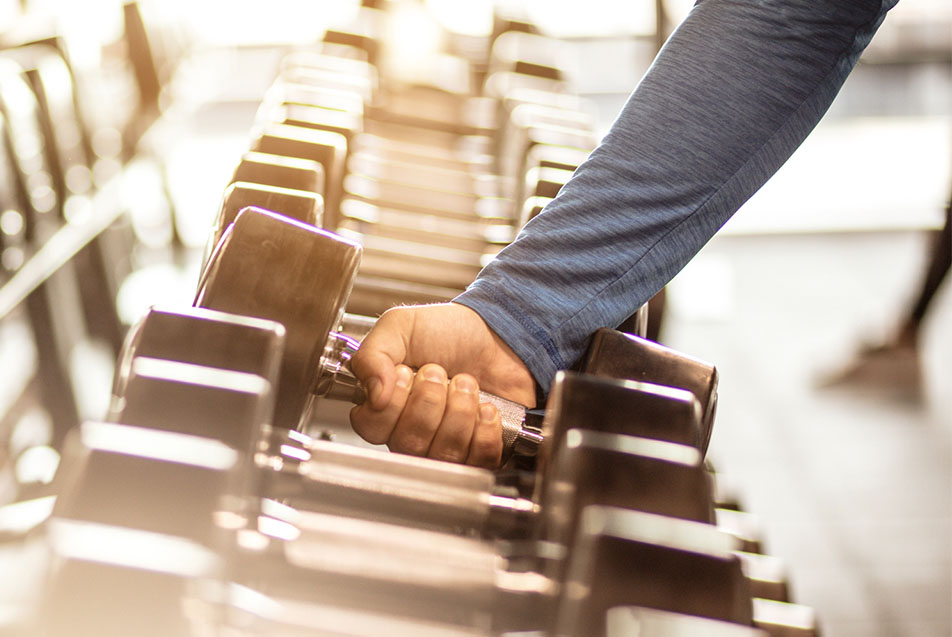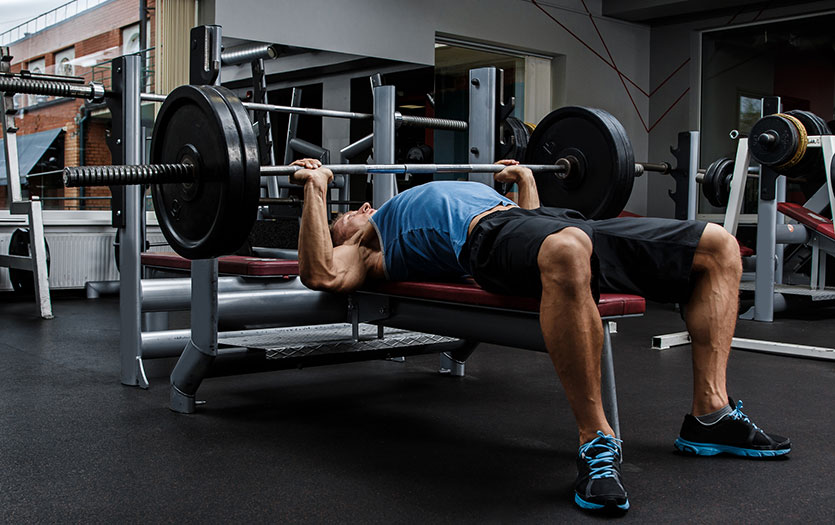
For years, people have debated the weight-lifting options. Are light weights and more repetitions better, or heavier lifted fewer times? Well today, we have your answers. Lauren Rao, ATC, Parkview Sports Medicine, weighs in on the best approach for achieving your overall workout and physique objectives.
What are your fitness goals? What goals do you have for your body? Are you trying to get stronger or look good on spring break? Your vision of success greatly impacts your strategy.
Lifting heavy weights will have different effects on your body than lifting light weights. Strength gains and their reflection in your appearance will vary. The body adapts to the challenges you place on it. This is called the SAID principle (Specific Adaptation to Imposed Demands) and will influence the way you lift. Find your ideal goals below and how to reach them.
I want to be stronger and look lean.
High weight. Low reps. Challenging weights at low repetitions (less than 8) will improve your strength while also increasing muscle size. The biggest strength gains will happen at higher weights and low repetitions, but also generally need to be paired with some kind of cardio or plyometrics. The added cardio a couple times a week with lifting sessions will burn the fat covering up your new and improved muscles.
I want to look super muscular.
Mid-range weights. Mid-range reps. Performing 6-10 repetitions will add to muscle hypertrophy (muscles getting bigger). If you’re trying to get that bodybuilder look, then mid-range reps are going to be for you. You will still get strength gains while toning your muscles. Light cardio at lower heart rates will help you shed any extra fat hanging on as well.
I want to improve my muscular endurance and slim down.
Low weight. High reps. Lower weights that still challenge your muscles through the last few reps will help increase muscular endurance and keep you looking toned without as much bulk. High reps means about 8-12 reps. Even though you’re doing low weights, don’t shy away from adding on a few pounds. If you can execute 12 reps of the bicep curl no problem, your weight is too light. Your muscles will benefit and tone from a challenge, according to the SAID principle.
Nutrition
Anytime you are trying to increase strength or muscle size, be sure you are getting enough protein in your diet. For women, 46g of protein is recommended daily and for men, 56g. Protein provides the building blocks needed to build muscle and is important to maintain after a workout to ensure your muscles benefit as much as possible from your lift.
Carbohydrates are also important immediately following a workout to replace the ones that you burned. A nutritionist can help you make more informed choices for your personal health and fitness goals.
Lifting weights often and in combination with cardiovascular activities is a great way to achieve and maintain the body type you want. Staying active several days a week and consuming enough calories and nutrients is the only surefire way to see the results you want.



